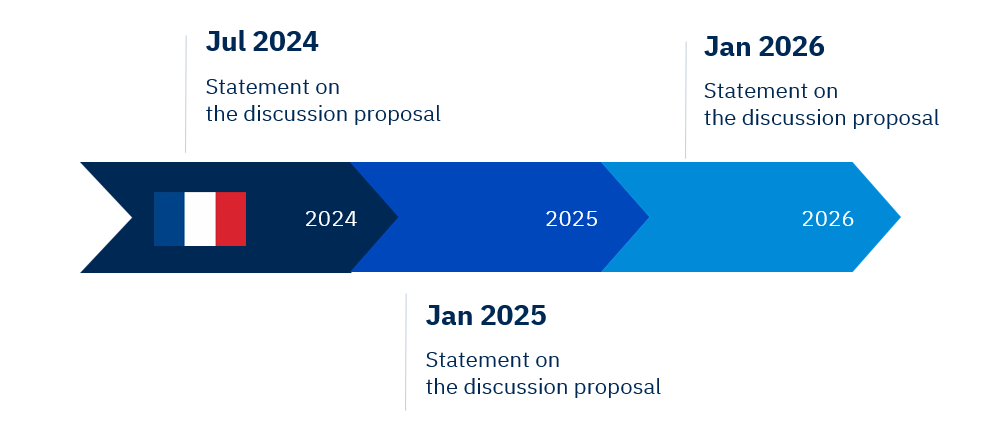New Rules on VAT Reporting in France: What You Need to Know

June 19, 2023
In many places around the world, tax authorities are in the process of digitizing VAT reporting. As such, there are many countries that choose to introduce Continuous Transaction Controls (CTC), which means that invoices must be sent through a public authority for approval through a platform.
Today, France uses a Post Audit model, where the invoices are sent exclusively.
France loses a lot of money every year due to non-payment of VAT. To prevent this going forward, France has chosen to introduce mandatory e-invoicing for business-to-business (B2B) transactions. The new requirements will affect all companies operating in France.
Which dates should you be aware of?
Previously, France had planned to begin the pilot phase of the project in January 2024, making e-invoicing voluntary for companies in France.
Phase 1 of the project was scheduled to begin six months after the pilot phase, which is July 1, 2024. In this phase, it would be mandatory for the largest companies in France to exchange invoices electronically.
Phase 2 of the project was planned for January 2025. Here, medium-sized companies in France will be covered by the requirements for electronic invoicing. In the last phase of the project, Phase 3, the remaining companies in France would be required to also be able to receive their invoices electronically.
However, in a new development, on July 28, 2023, the French Directorate of Public Finance (DGFiP) announced that the implementation of the new CTC model in France has been postponed.
The reason for the postponement is to give the companies affected by this time to prepare for these changes. The revised timetable is expected to be determined within the framework of the Finance Act for 2024.

Requirements for Formats
Despite the ever-changing dates, it’s important for companies to begin preparing now, as the change is imminent. As part of the upcoming requirements for mandatory e-invoicing, there will also be requirements for the formats in which invoices are sent and received.
The formats companies can use include:
· UBL
· CII
· Fax Tour-X
UBL and CII are both based on XML. Factur-X is a hybrid format and is a combination of PDF and XML.
In addition, there are new requirements for which information must be available in an invoice. From July 1, 2024, an invoice must contain:
· The SIREN number
· The delivery address of the person who will receive the invoice, if this is different from the customer’s address
· Type of invoice (sales, service or hybrid)
· VAT payment on the debit option
How do I keep track of the various requirements?
Given all of the changes to date, it’s important to note that both the dates and the requirements are provisional and subject to change. So how can you as a company keep track of compliance with all the requirements? And how do you behave if you also have companies in other European countries?
These are questions that many companies are asking themselves right now. Precisely for this reason, many companies choose to outsource this part. Many choose to use a supplier who is strong in e-invoicing and who can help ensure compliance with the applicable local requirements. Read more about e-invoicing and VAT reporting here.
Share this post:
Categories
Stay ahead of the competition
Get expert supply chain insights delivered directly to your inbox weekly.